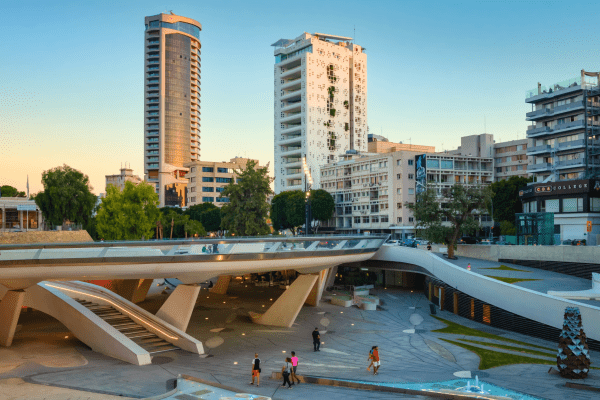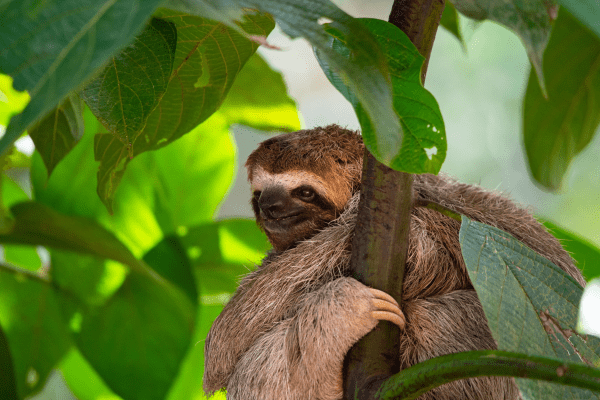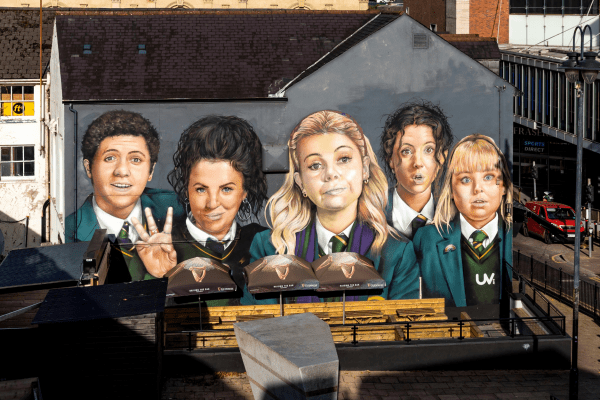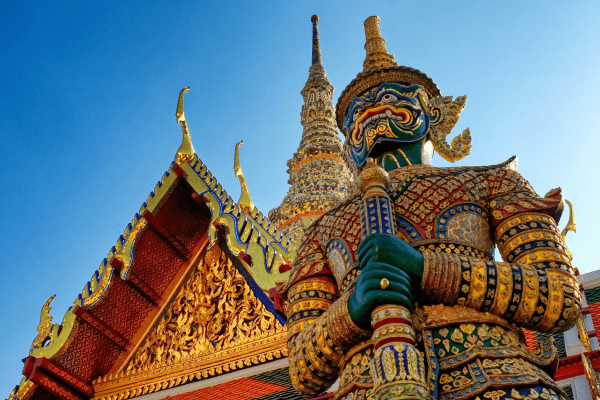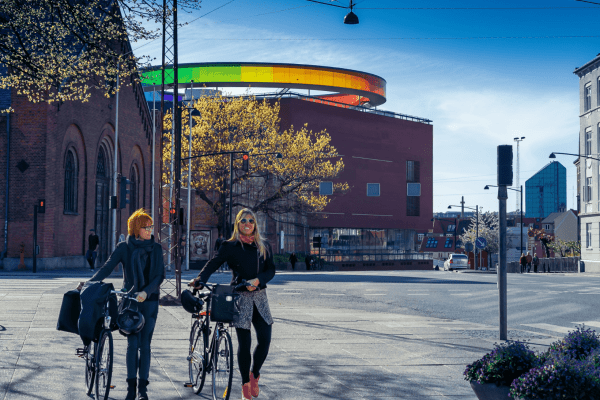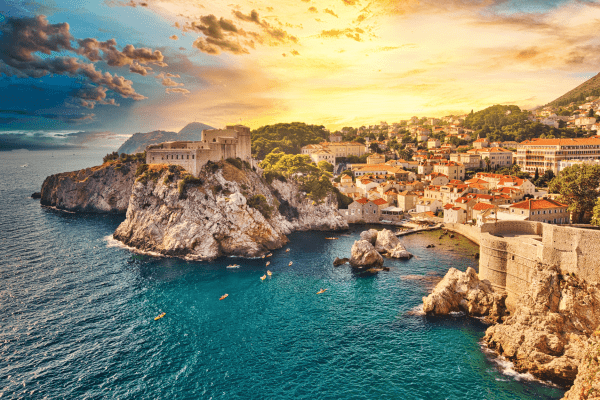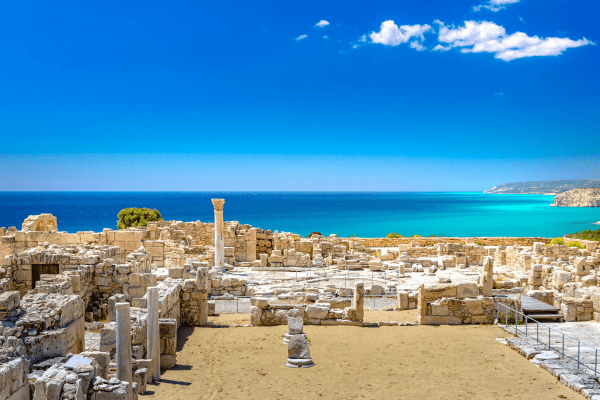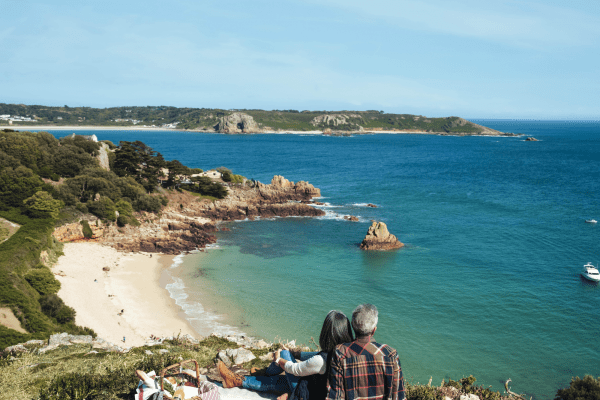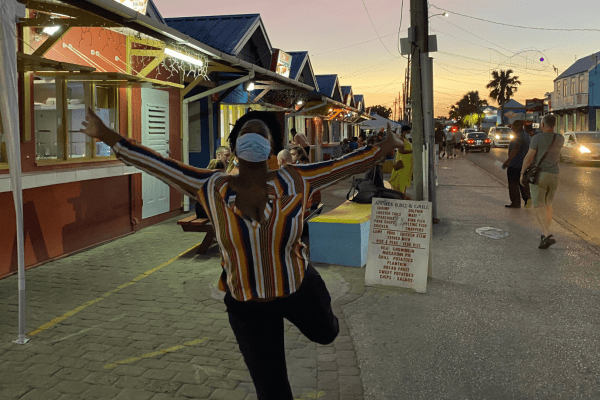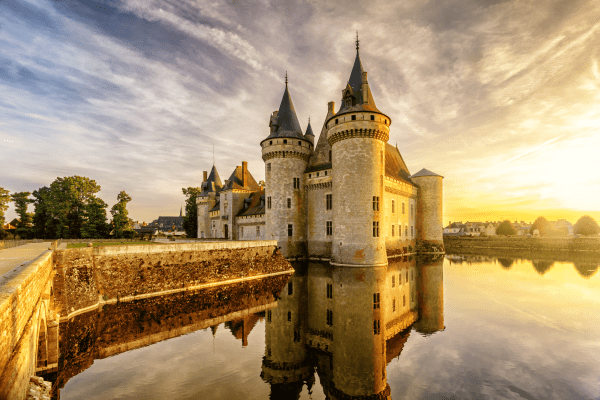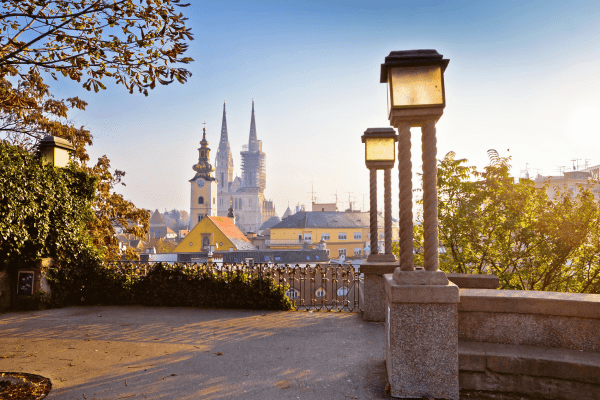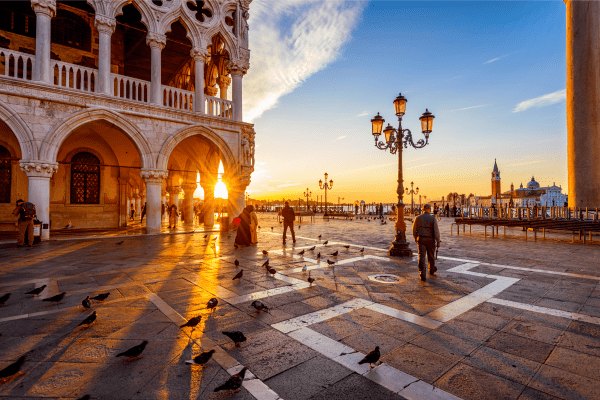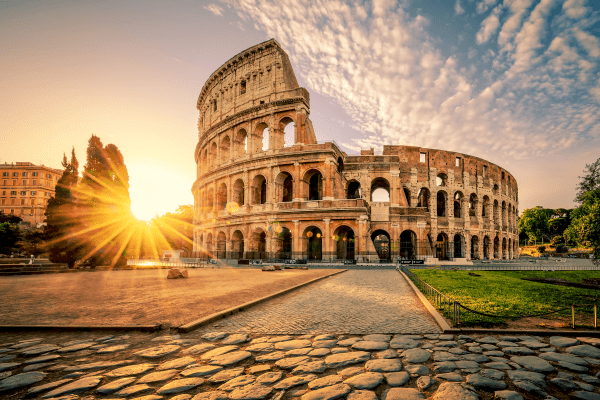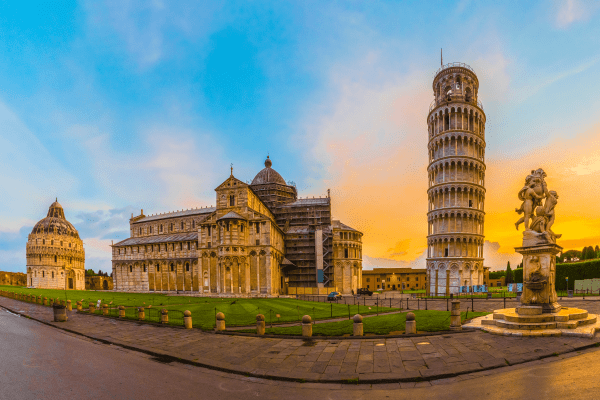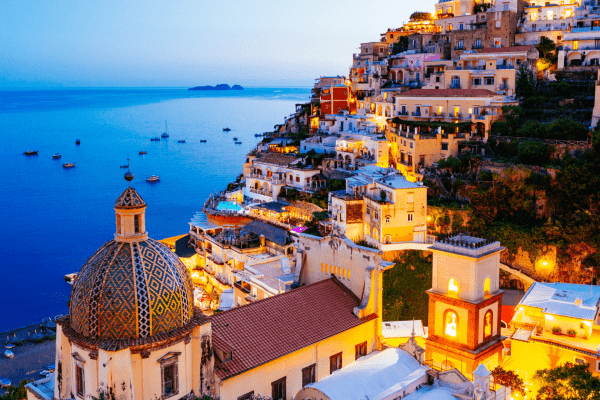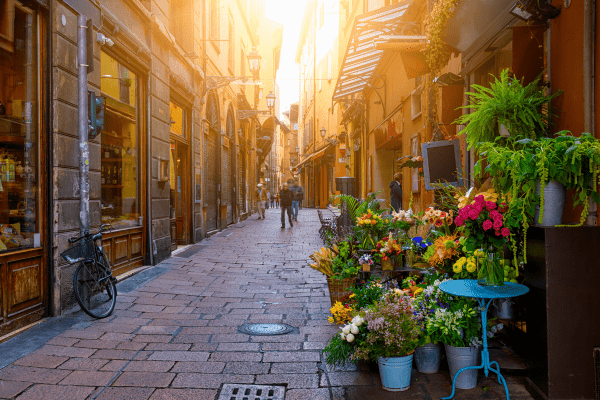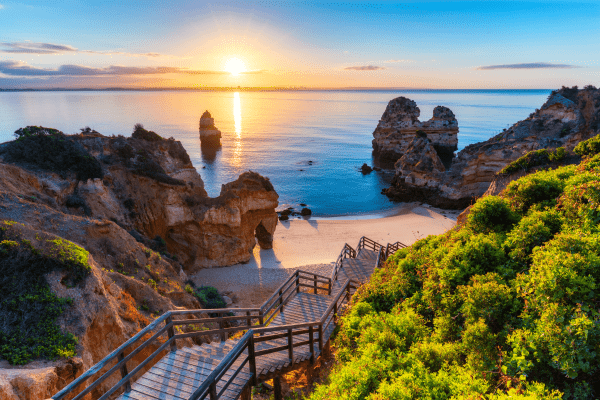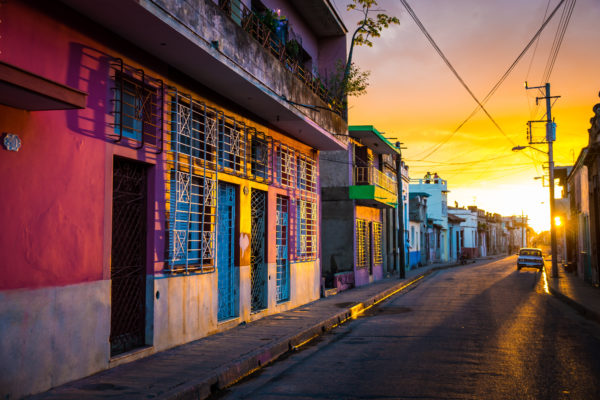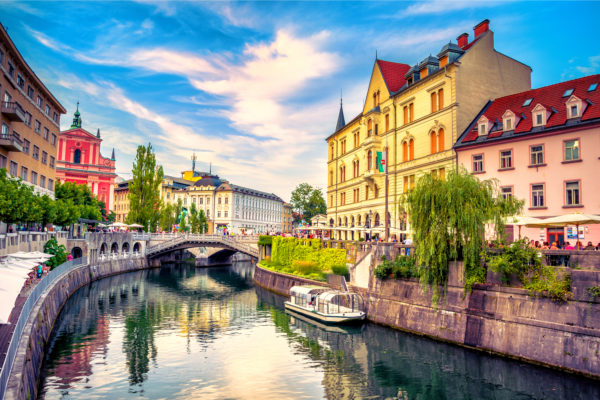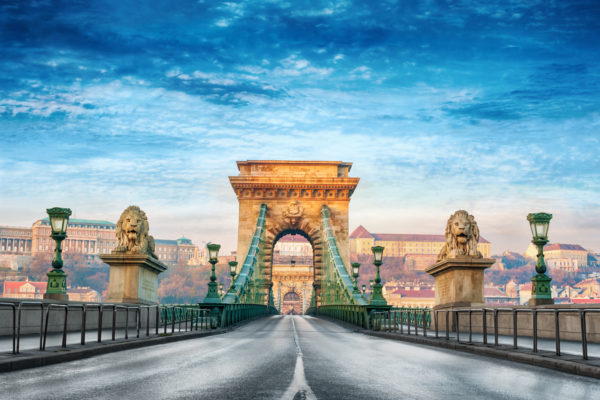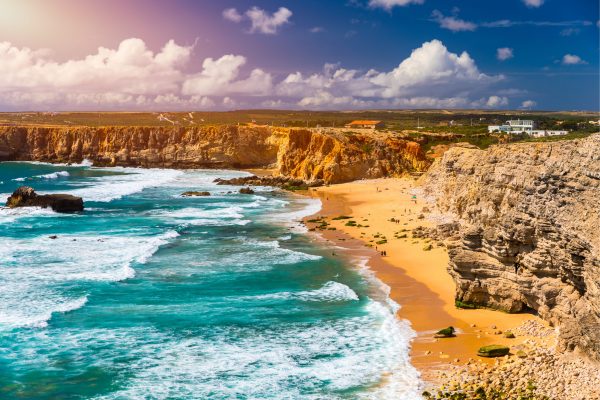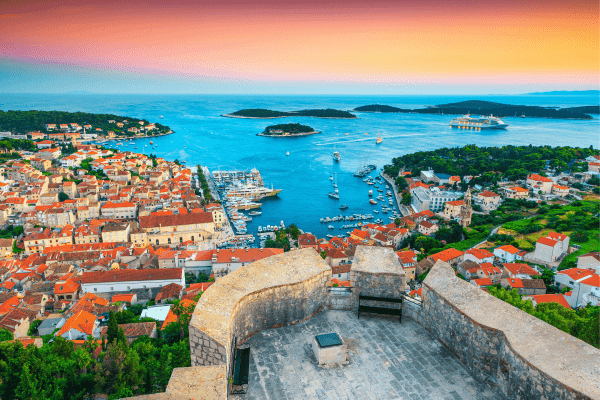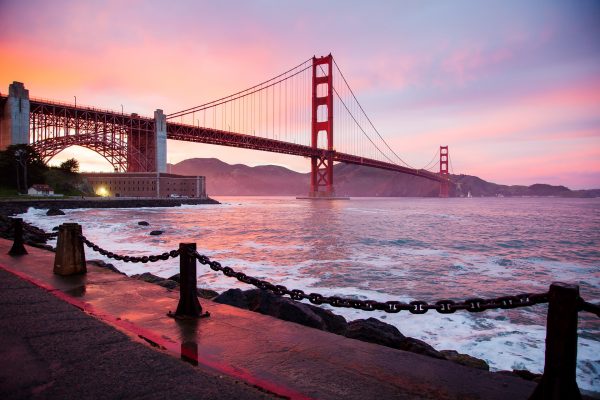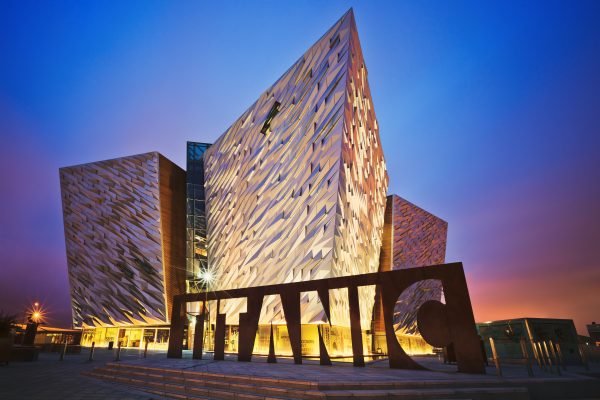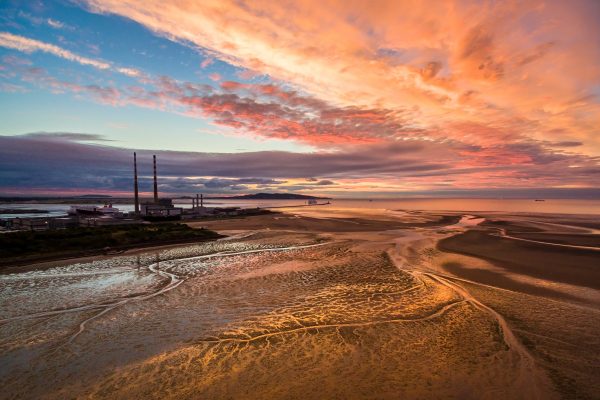Ask yourself, what do you really know about Iran. If you’re anything like me, I bet it’s not much. Probably everything you’ve heard is sourced from biased media reports and portrayals of a closed society and political conflict. No doubt you could write it on the back of a postcard, if we still sent such a thing.
Low Season Traveller invites you to be intrigued and to allow your mind to open. Iran boasts one of the most historically significant cultures on the planet, one of the three great cradles of of civilisation. 7000 years of recorded past and a Persian Empire that spread from Greece to India leave their mark in archaeological sites that put the Acropolis and Colosseum in the shade. Today, its people are diverse, enjoying a coming together of almost 200 ethnic groups and as many languages. You’ll find locals who are well educated, forward thinking, modern, as well as traditional and proud. They’ll welcome you with open hearts, and a passion to show you their Persian heritage. And if you’re lucky, they’ll treat you to one of 47 different types of Iranian kebabs, marinated in local spices, succulent and freshly barbecued over a smoking charcoal fire.
At three times the land mass of France, we’re talking about the world’s 17th largest country. With two mountain ranges and a couple of sizeable deserts to contend with, you can imagine the climate is pretty varied. In fact, Iran experiences different seasons depending on where you find yourself. For instance, when it’s spring-time in Isfahan, it feels like summer in Yazd. When it is snowing in the northern cities of Tehran or Tabriz, people are swimming in the Persian Gulf.
On the whole though, the peak period for travellers in Iran is March and April when streets are filled with blossoms and the climate is wonderfully inspiring. This is however also the time when Iranians celebrate Nowruz, the important new year period, holidaying for the whole 30 day festival and booking just about every room going. Similarly, autumn, mid-September and October, when the weather is mild again, sees an influx into Isfahan, Yazd, Shiraz of domestic vacationers as well as visitors from neighbouring Gulf States, pushing up prices and crowding the main sites. Summer is a definite no-go period. Assuming that the majority of tourists want to explore at least some of Iran’s renowned UNESCO sites, it’s worth noting that these are located mostly in arid regions which are just too hot, hot, hot from June to early September. This leaves Low Season Travellers applying for their Iranian visa to travel sometime around November to February; or alternatively May, before things get too warm. At these times, discounted rates on accommodation will apply. More crucially perhaps, these are the months when crowds reduce and touring becomes less frantic. This is the perfect time to embrace the art of ‘slow tourism’. Indulge in the longer stays needed to really get under the skin of this unique destination; to explore sites fully, feel the sensations they evoke, take a tour of local villages, try a creative or culinary workshop, talk to the people and linger over a delicious meal.
Persian Architecture
Iran’s iconic centres not only offer an exotic getaway from a dreary European winter, they are also packed with stunning UNESCO World Heritage sites. Architecturally magnificent mosques, bazaars, gardens and mausoleums are recognisable for their high domes, vaulted ceilings, arches, and Islamic motifs. Ornate tile work incorporates blues, greens and golds set in geometric and artistically floral designs. Think Taj Mahal in glorious technicolour. Low season is ideal for touring the imperial capitals, learning about their individual personalities and losing yourself in the maze-like markets.
Shiraz is the motherland, home of beautiful Nasir ol-Mulk Mosque with its incredible vault, busy Vakil Bazaar, the magnificent tombs of beloved poets Hafez and Sadi, and the nearby ancient ruins of Persepolis. Ishfahan astounds with its huge half a kilometre wide Naqsh-e Jahan Square, lined with quintessential examples of Islamic architecture, like the 17th century Imam Mosque, said to be one of the most visually stunning places of worship in the world. Tabriz is significant for its richly decorated carpets, masterpieces of a craft that dates back a thousand years, plus you can experience the dramatic roofed bazaar, named by UNESCO as the largest of its kind anywhere.
Desert Adventures
Low season’s winter months offer a wonderful opportunity to explore Iran’s scorching desert areas. The UNESCO recognised Lut Desert now claims the hottest spot on earth record with a blistering 70.7°C recorded in summer 2005. While some areas are barren and inhabitable, it is possible to tour the most interesting parts. Book a 4×4 jeep adventure over the dunes, camp out, and gaze at the incredible star formations visible in the desert night sky. Meet the people who live in these unusual conditions and learn about the qanat water system, a remarkable 3000 year old feat of Iranian engineering that channels water thousands of miles under the desert. Visit Yazd, another UNESCO site of narrow alleys and fascinating architecture, and see the world’s tallest wind catcher, which cools the city from the stifling effects of the desert. And from this arid landscape, in another tribute to imagination, technology and extraordinary creativity, rise Persian Gardens, oases of lush growth, pools, bridges, fountains, and summer houses constructed in the most beautiful and authentic styles of Persian artistry.







